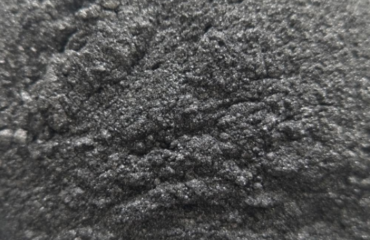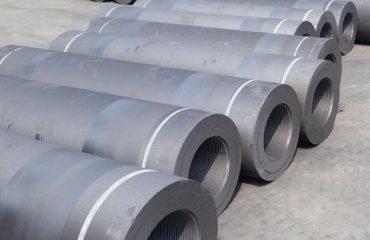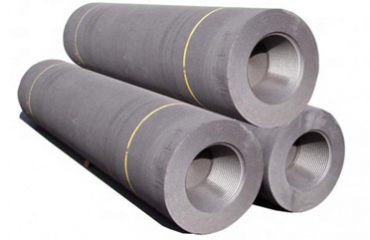Glassy carbon electrodes must be cleaned before using any solid electrodes in order to remove contamination caused by surface contamination or impurity adsorption. Like most metal materials, the surface of carbon electrode is easy to form oxide layer, after oxidation, various oxygen-containing groups (such as alcohol, phenol, carboxyl, ketone quinone and anhydride, etc.) will be produced, which makes the reproducibility and stability of the electrode worse, the sensitivity decreased and the selectivity lost.
In the experiment, glassy carbon electrodes with diameter of 3 mm were polished step by step with metallographic sandpaper (1~7), then polished with 1.0 and 0.3 um Al2O3 slurry on suede to mirror surface. After polishing, glassy carbon electrodes were washed first, then washed in ultrasonic water bath, 2–3 minutes each time, repeated three times. Zui was then polished with 1:1 ethanol and 1:1 HNO 3 in turn. Ultrasonic cleaning with distilled water.
After thorough washing, the electrodes should be activated by cyclic voltammetry in 0.5–1 mol/L H2SO4 solution. The scanning range is 1.0–1.0V, and repeated scanning until stable cyclic voltammetry is achieved. The cyclic voltammetry curves of 1 x 10–3 mol/L K3Fe(CN)6 solution were recorded in 0.20 mol/L KNO3 after zui. The scanning speed was 50 mV/s and the scanning range was 0.6–0.1V. The peak potential difference in the cyclic voltammetry obtained under laboratory conditions is below 80 mV and as close as possible to 64 mV. The electrode can only be used. Otherwise, the electrode and glassy carbon electrode should be reprocessed until they meet the requirements.



